Why am I just posting the review of Japan now, when we’ve already been out of the country for months and have already reviewed other countries? It’s because Japan is inscrutable. On it’s surface it looks very similar to any other developed country (though with absolutely top notch infrastructure) but below that surface lies a very different culture.
The Bad
The Cost
For a backpacker, Japan is insanely expensive. Even with the money saving strategies we mentioned in our previous post on Japan, we managed to spend as much in one month in Japan as we spent in the next three months in the Philippines, Vietnam, and Cambodia combined. Transportation is very expensive in Japan, and getting around was one of our biggest expenses. A 3 week rail pass is 500 dollars – two of those combined is a whopping grand gone already and there are sections of rail in Japan that aren’t even covered by the pass! Not to mention that bus travel in Japan is incredibly expensive as well. An hour long local bus ride was 20 dollars per person. As I write this I’m on a 7 hour long international bus ride that cost 18 dollars per person and came with a meal! And as I edit it I’m on a 11 hour, 680 km train ride that cost 18 dollars per person and came with a meals and snacks.
Lodging was on par with the States, and food was actually reasonably priced. The cost of individual dishes was on par with the States, but the quality of the dishes was a world above what you would get for the same price at home. More on that later.
Many of the temples or other attractions each had individual entrance fees. Often one temple complex would charge extra to see a certain building within the complex. Since these fees were rarely less than 5 dollars per person, this could add up extremely fast. We wound up looking at quite a few things from outside the gates.
If we had tried to go to Japan last, I think we would have just given up and left. Compared to what we are used to paying for goods now, traveling in Japan would feel impossibly expensive. I’m worried that when we get back to the U.S. we’re going to be unable to go out to eat for a long time because of how expensive it will seem.
The Natural Disasters
Fortunately for us, this wasn’t an aspect of Japan we had direct experience with. Yet, the effect of the constant threat of earthquakes and tsunamis on the nation is observable.

In most places in the world, real estate appreciates over time. In Japan the opposite is the case; the plot of land a building is located on may raise in value over time, but the structures built thereupon rapidly lose value. The tax levied on home owners is based on a calculation where homes are only expected to last 20-30 years before being torn down and rebuilt, depending on the type of building material. Admittedly, one reason for this is that culturally the Japanese prefer new to used. The other reason, and the one relevant to this section, is that as technology and building codes continually improve, older buildings quickly become relatively more dangerous in the case of an earthquake.
I don’t usually suffer from excessive worry – especially not the kind to keep me up at night – but when we were in Shizuoka and I happened to read about the overdue Tōkai earthquake I had a tumultuous night of sleep. I had looked up topographical maps and predicted tsunami heights and determined we would (just barely) be safe in our hotel, yet with every ambulance siren I woke up in a start, wondering if the noise I was hearing was the earthquake warning siren. I’m sure I would rapidly get over this paranoia if living there – and it is clear from people we have talked to that they push it to the back of their minds – but it is strange knowing a town we have been in will probably be more or less wiped off the surface of the earth in the next few decades.
The high suicide rate
Japan has one of the highest suicide rates among developed countries. The Japanese put a large emphasis on social order and harmony and discourage individualism. Combined with a similarly large emphasis on success and a lack of stigma regarding suicide, it isn’t hard to see why one who feels they don’t fit in, or is unsuccessful in business or family life would consider suicide. Among men between the ages of 20-44 and women between the ages of 15-34 suicide is the leading cause of death.
Near Mt. Fuji in Japan is a forest called Aokigahara that has traditionally been associated with demons in Japanese mythology and has long been a popular suicide spot. While authorities no longer publish statistics in order not to encourage people, peak years have seen over 100 suicides in the forest. The forest was adjacent to a hiking path we took in the Fuji Five Lakes area and we decided to walk through it.
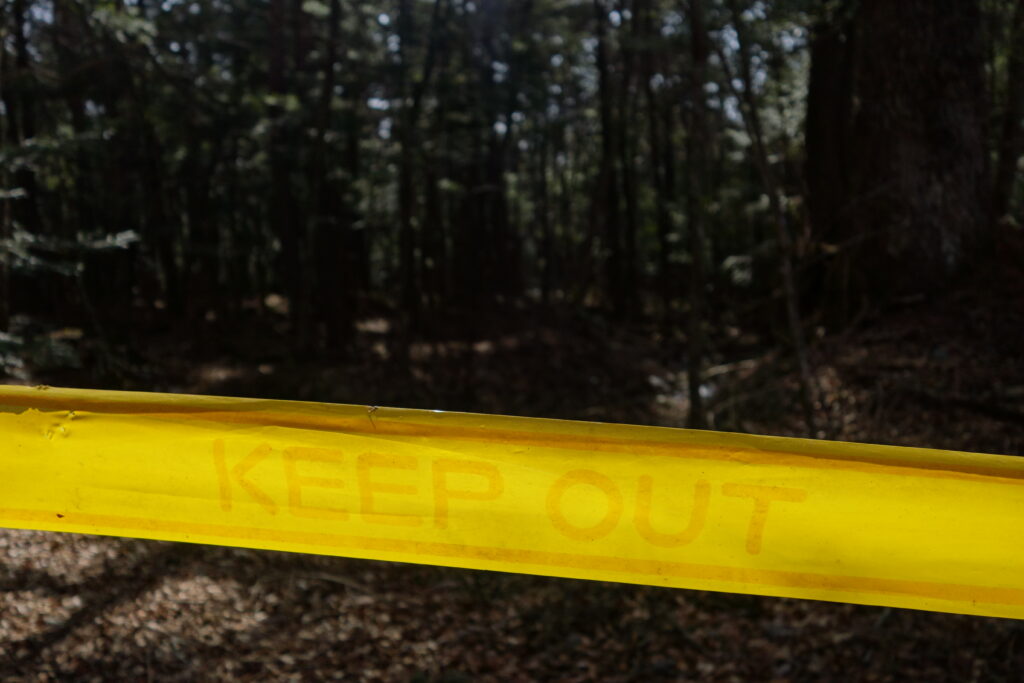
It was unlike any other forest I’ve seen; the ground is a very uneven igneous rock. The uneven ground and the thick vegetation both make it hard to see far and block sound – making the forest eerily silent.
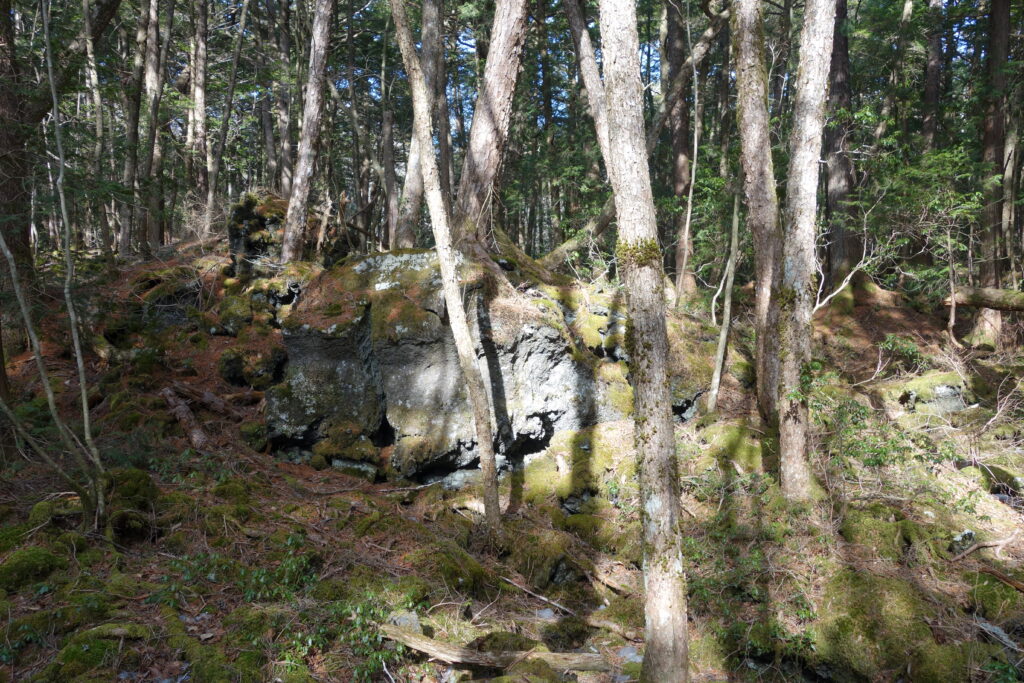
I’m sure knowing it was a popular suicide spot affected my perception of it, but it was certainly one of the most surreal and disconcerting places that I’ve visited.
The construction state
The Japanese political system affords disproportionate power to the rural districts of the country, and they use this power to get the government to build many massive “improvement” projects in the countryside. This is done because many of the people living in these rural districts now rely on the construction work for jobs. The effect is that even in places that don’t need anything else built, there are constant constructions projects anyways. Virtually every mountain valley we passed through had built embankments around its rivers or was in the process of doing so. Unfortunately this has the results of severely disrupting the natural beauty of many of the places we saw, for dubious benefit.
The Good
The Rail System
Even though it was so expensive, the transportation infrastructure is amazing and worth the cost. Getting around the country using the rail system was a breeze – and with high speed Shinkansen trains that travel at up to 200 miles an hour, blazing fast. Trains are my favorite mode of transportation – by a large margin – and the ability do to the majority of our travel in Japan by train was great.
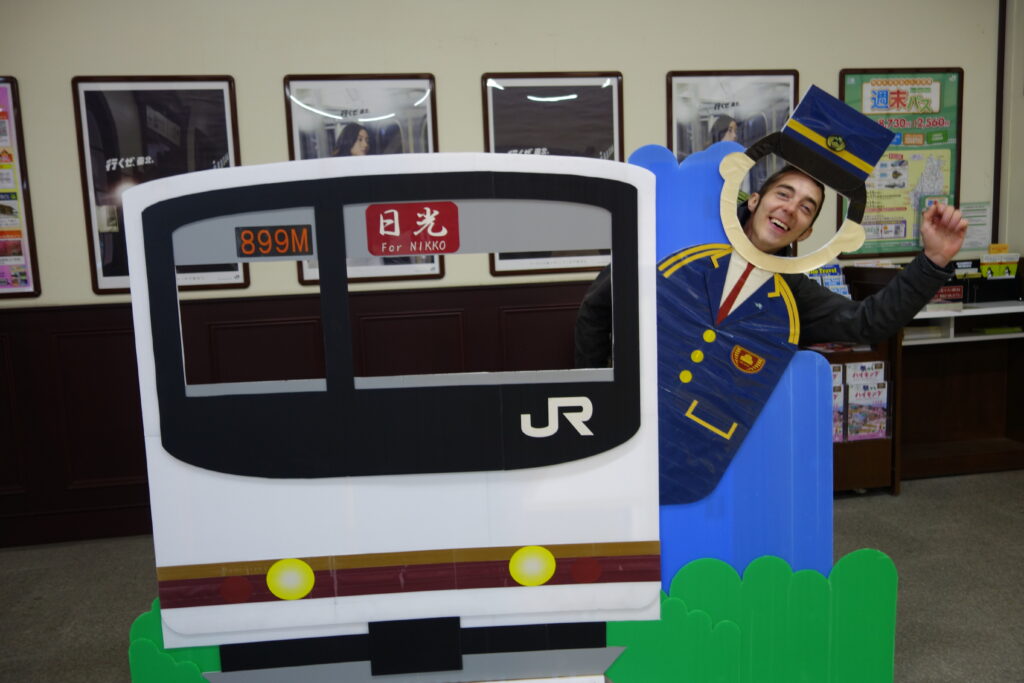
The major routes are covered by the Shinkansen trains and even the older or more remote routes have decently comfortable, fairly quick trains. It really makes me wish that we had a real high speed rail network in the United States.
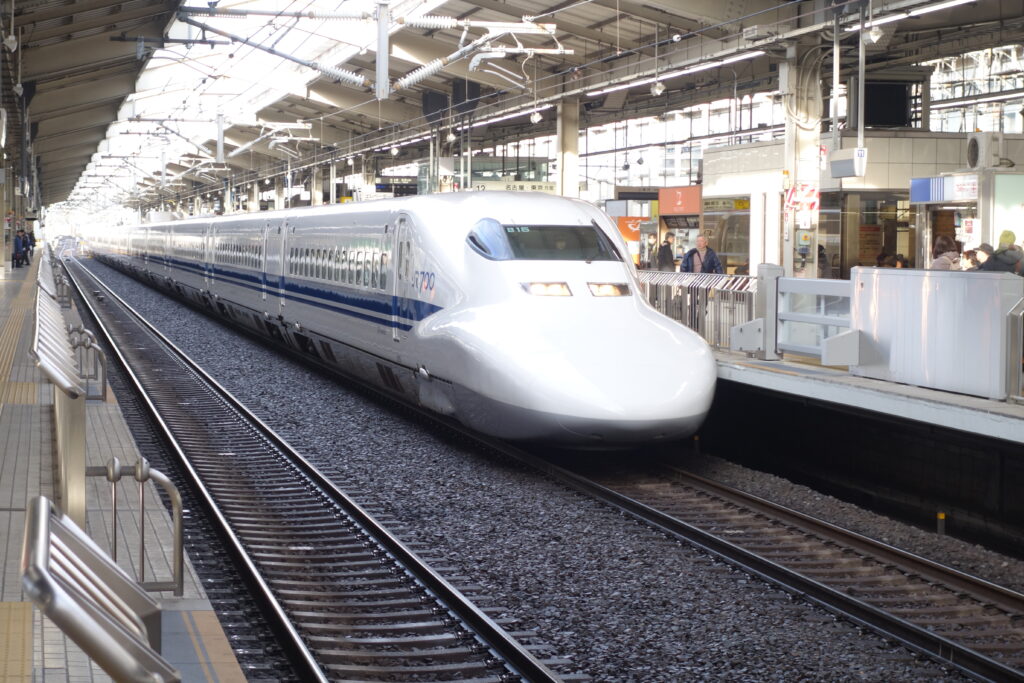
The Food
Japanese food is not as outrageously flavorful as Thai cuisine. It is not as rich and comforting as French cuisine. It is not spicy (pungent) nor heavily spiced. It is subtle but precise, simple but incredibly well executed, straightforward yet complex. The Japanese work incredibly hard and take pride in their work and this attitude is apparent in their food culture. Many restaurants serve not even one type of dish, but one specific version of it. Imagine if rather than an Italian restaurant, there were a fettuccine alfredo restaurant that only served fettuccine alfredo. That is what many of the ramen shops in Japan are like. While we didn’t eat that many nice meals in Japan due to our limited budget, every meal we had out was superbly executed – even (relatively) cheap Japanese fast food meals. Even the cheapest conveyor belt sushi meals were better than all but the most expensive sushi we’ve had in the States – not to mention significantly more affordable.
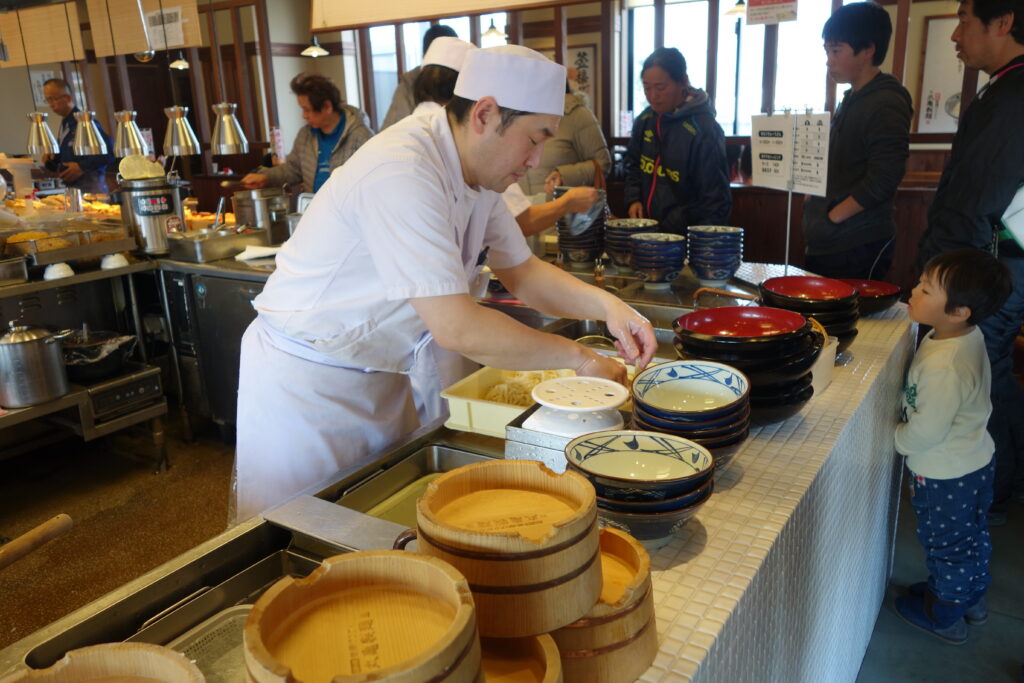
The People
We’ve both read and heard hearsay from several people that the Japanese are cold and unwelcoming to foreigners. This couldn’t have been further from our experience. When there is a language barrier there will always be some degree of distance between you and the person you are interacting with, but we found the Japanese people we interacted with to be quite friendly. When eating out at restaurants we occasionally had to order by showing a picture of the thing we wanted on our phone, we were always greeted by conspiratorial smiles rather than annoyance. Both of the Airbnb hosts we stayed with were exceptionally friendly, and one went well above and beyond what our pecuniary relationship required of him. He told us if we were ever back in Japan he would love to host us in Osaka with his family for free!
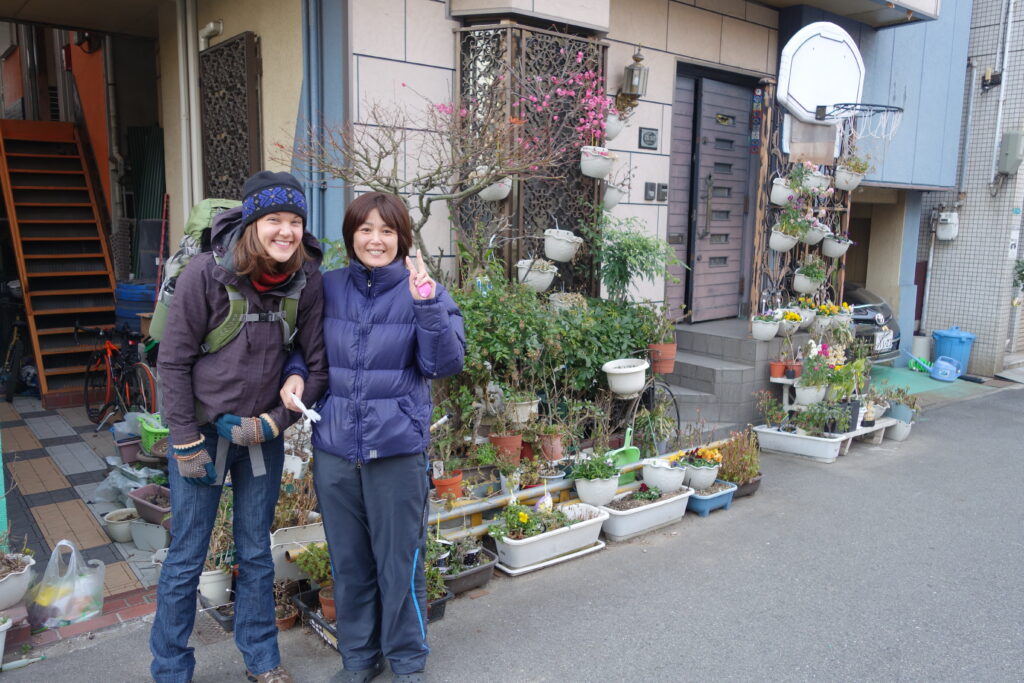
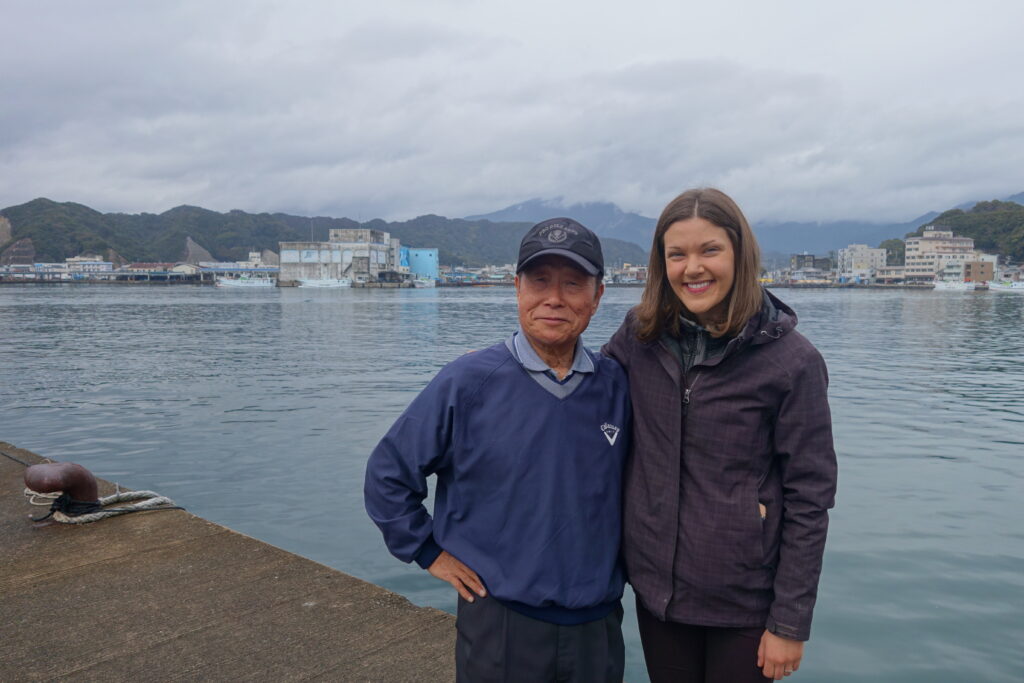
Our CS host in Tokyo was kind, welcoming, and very generous.
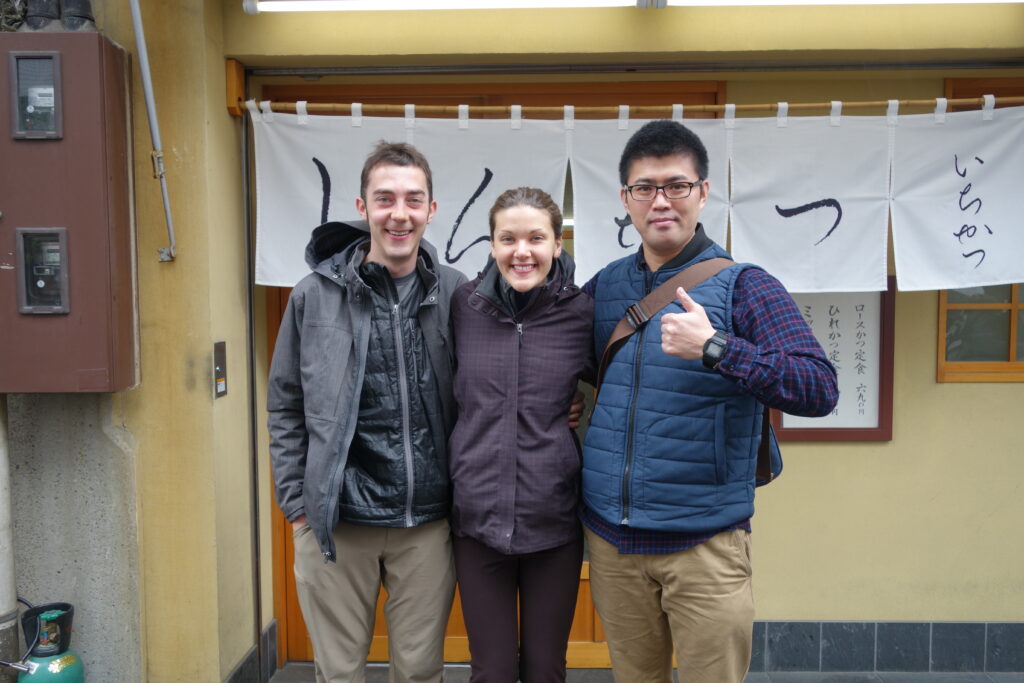
Since there are many fewer English speakers than in other countries in the region, I wonder if people think the Japanese people are unfriendly when it is primarily just the language barrier.
The sights
The natural beauty has been wonderful in all of the countries we’ve visited, and Japan is no exception. In addition to the natural sights, there was a wealth of beautiful shrines and other interesting sites. I mainly added this section to show you some of our favorite pictures from our trip.
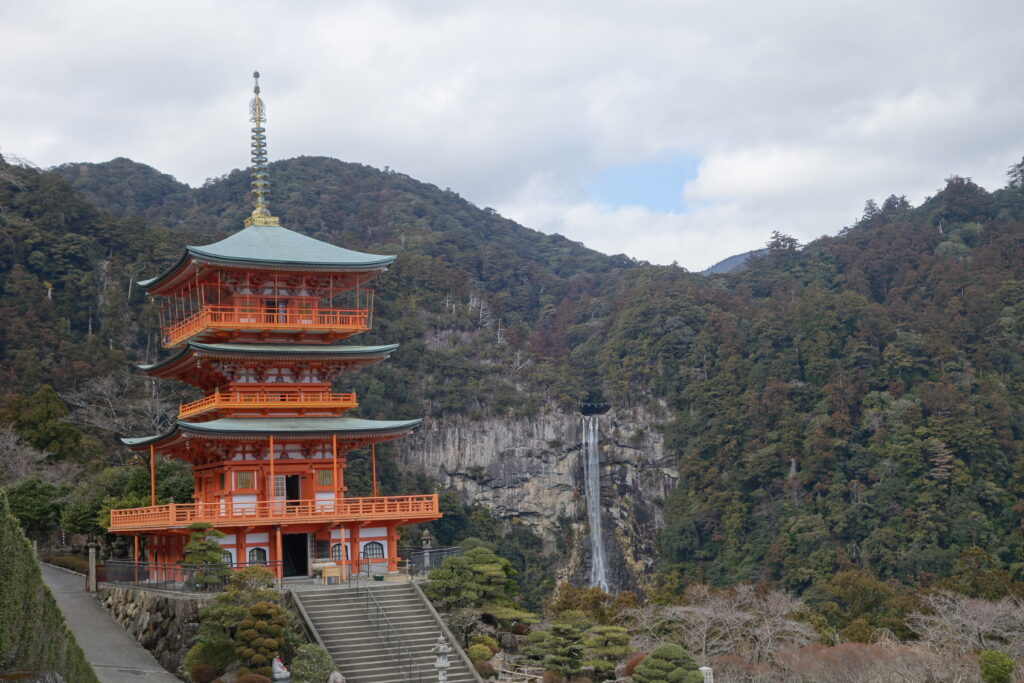

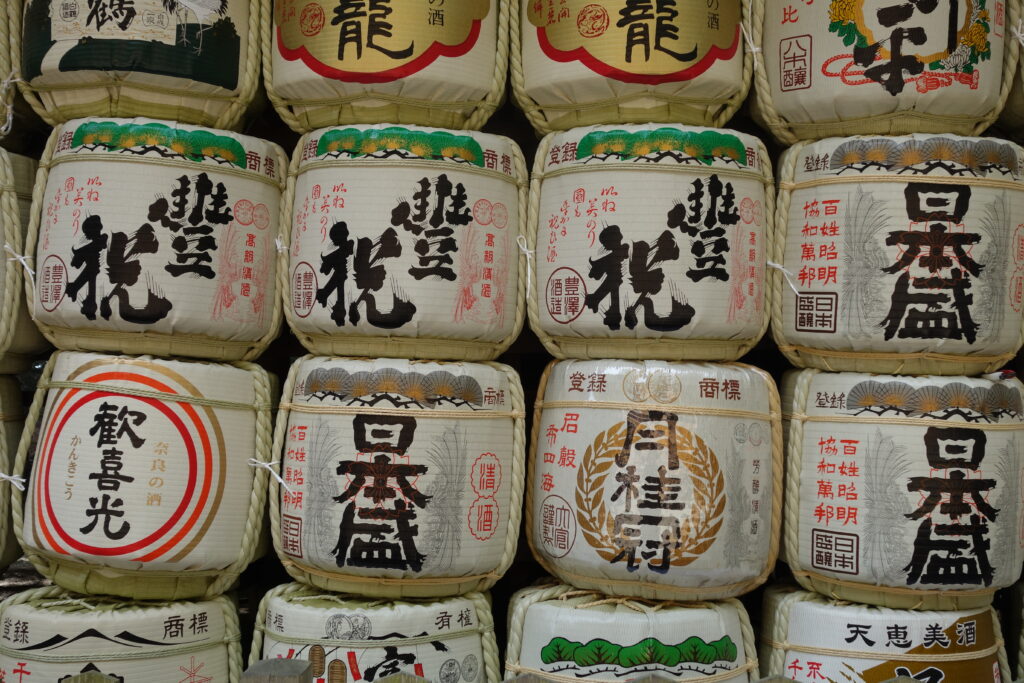
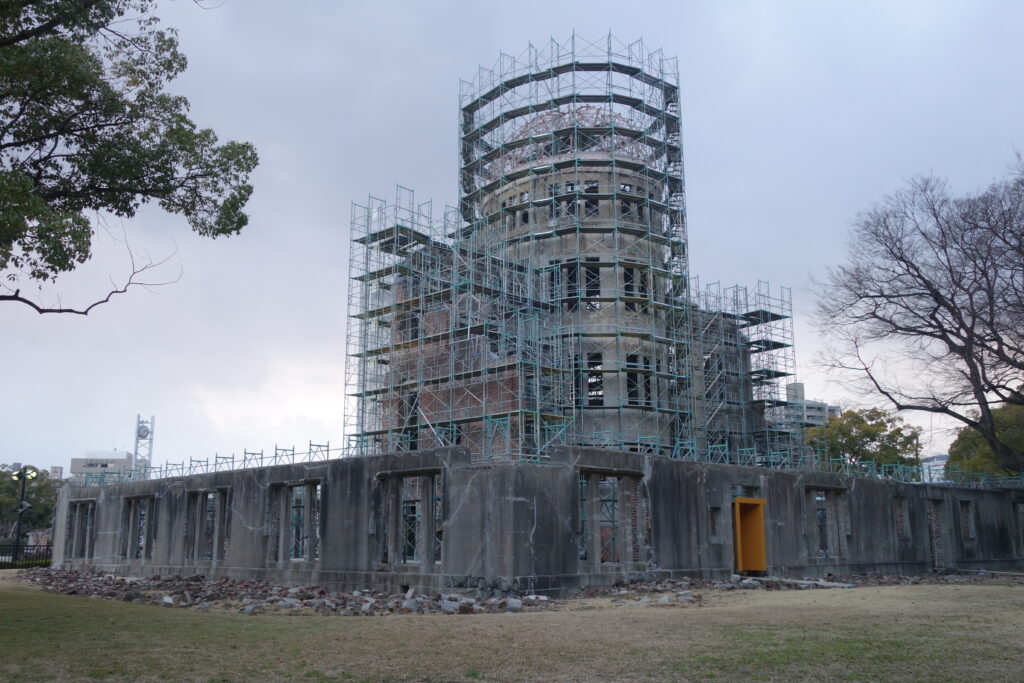

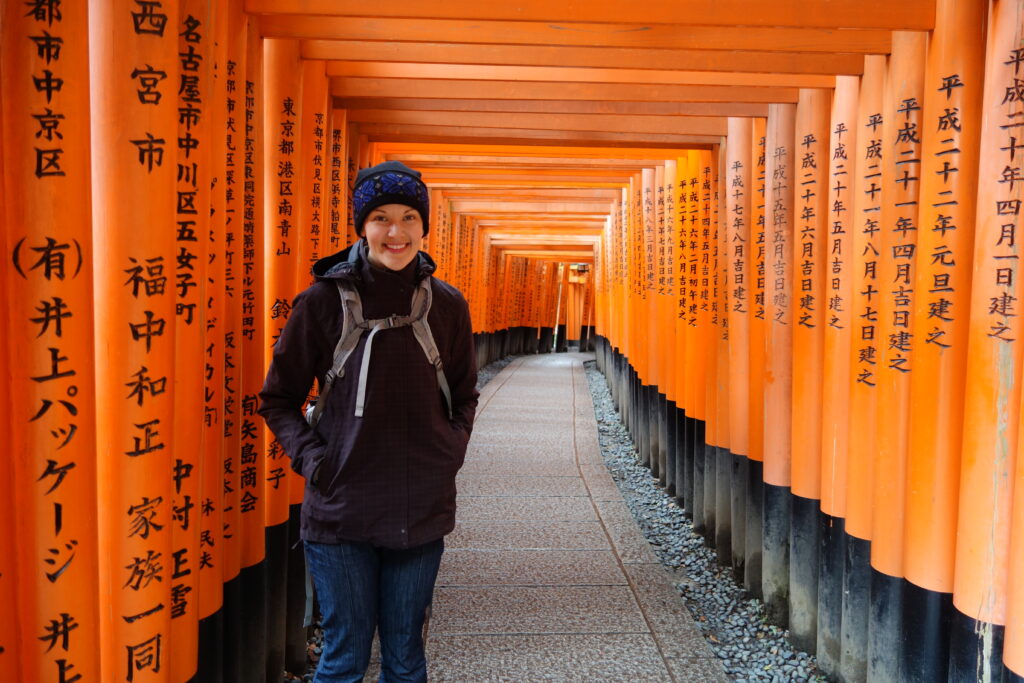
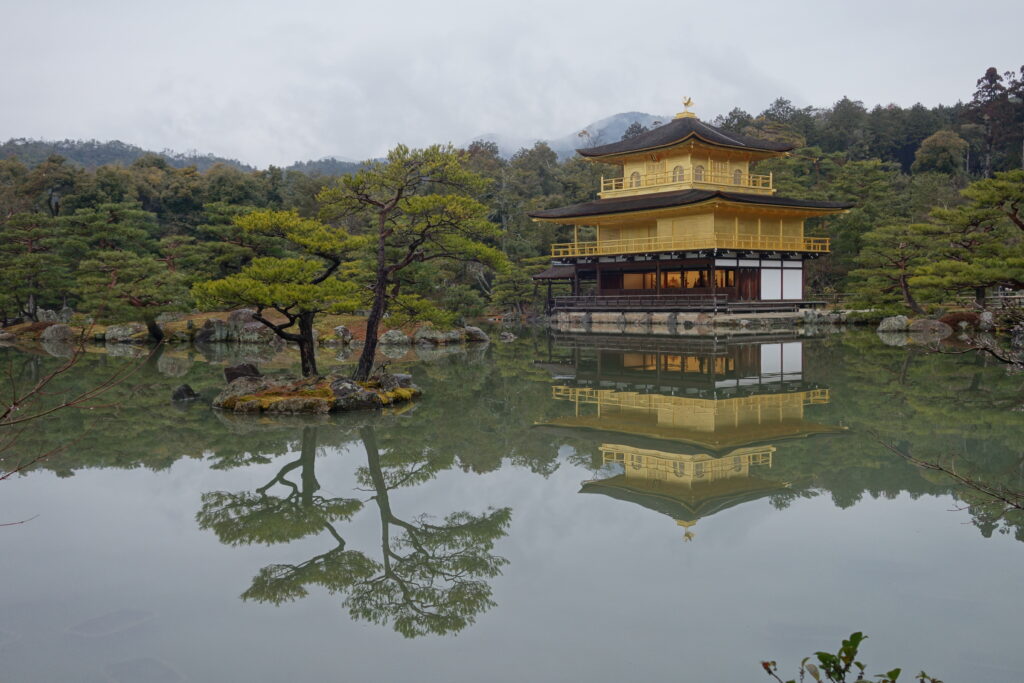

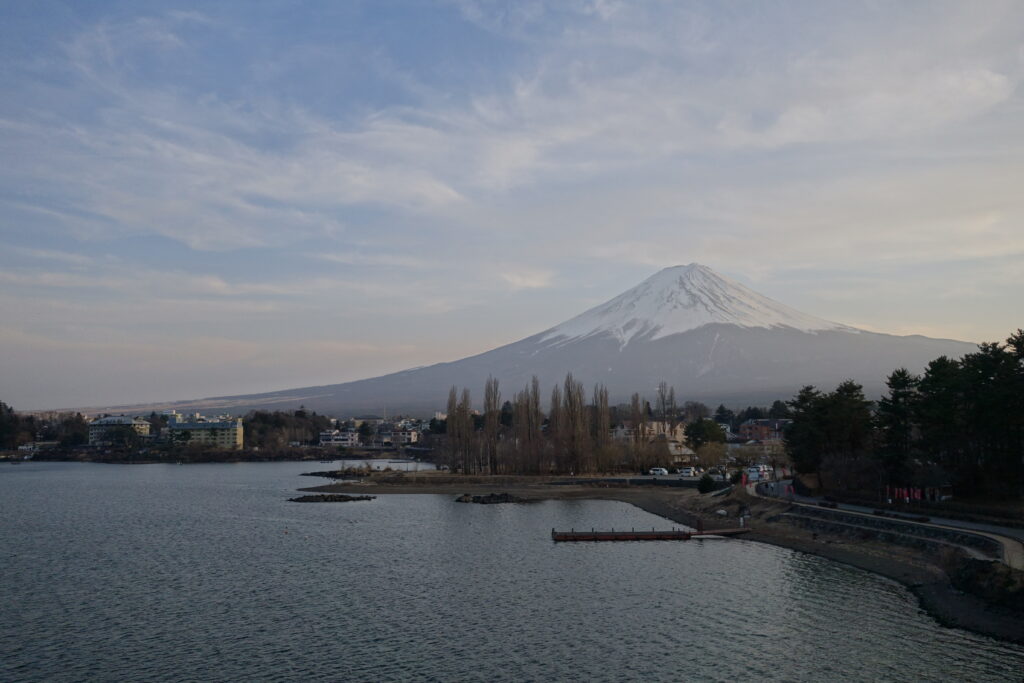
The Quirky
Lack of central heating
As it was winter when we were traveling in Japan, we got to see how they deal with the cold. Similarly to Korea, they do not heat their whole house. Space heaters are used on a room by room basis; once you come in from the cold you have to wait a while before your room warms up. Even once you are in a nice toasty room, if you go to the bathroom to shower or relieve yourself you will find it freezing. It is no wonder the Japanese invented the heated toiled seat. They also have tables with heaters built into the bottom and fabric flaps to keep the heat in. This allows you to stay warm when the room you are in is cold.

The reason that I have this listed as a quirky rather than a bad thing is that it is much more ecologically friendly to only heat the room you in are rather than the whole house. So it is definitely something that takes getting used to, but it is a worthy sacrifice to make.
Cherry blossoms
Viewing of the plum and especially cherry blossoms is a national pastime. I knew this was a popular activity in the spring before we went to Japan, but the scale and enthusiasm was still surprising. Every time we saw a tree in bloom we were guaranteed to also find a crowd around it taking photos! The Japanese really pay attention to and celebrate the passing of the seasons, and the cherry blossom (sakura) viewing is one of the most visible examples of this. The food, especially in Kyoto, is also very seasonal, and our Airbnb host in Osaka has a little shelf in her house that she decorated according to the season or upcoming holiday. Decorating according to the holiday isn’t anything new to us, but the precision with which the shelf was decorated was very impressive!
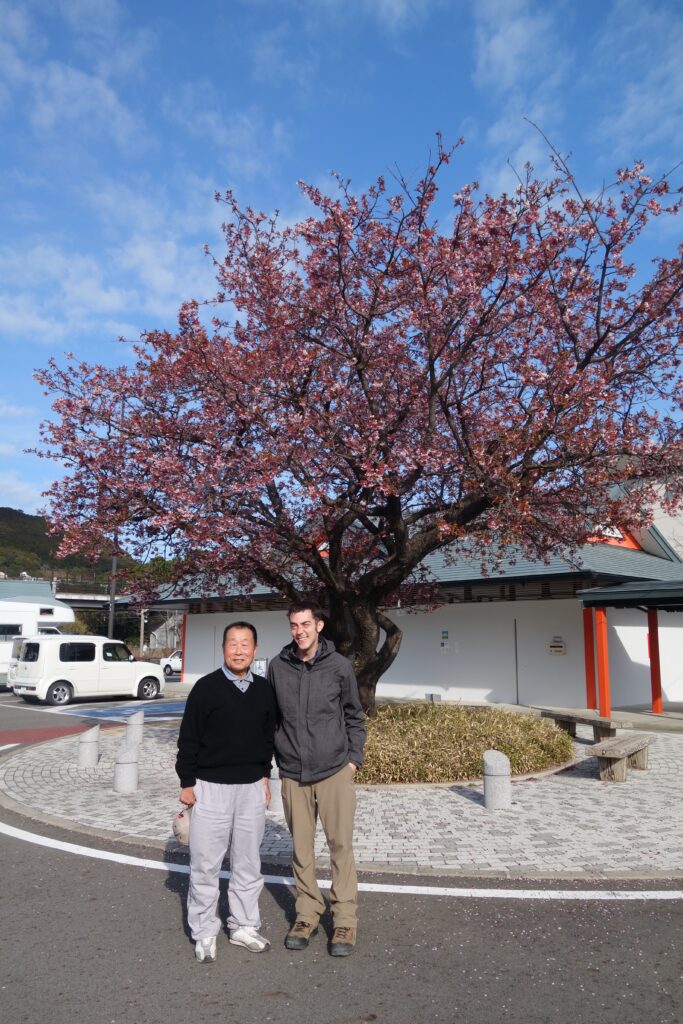

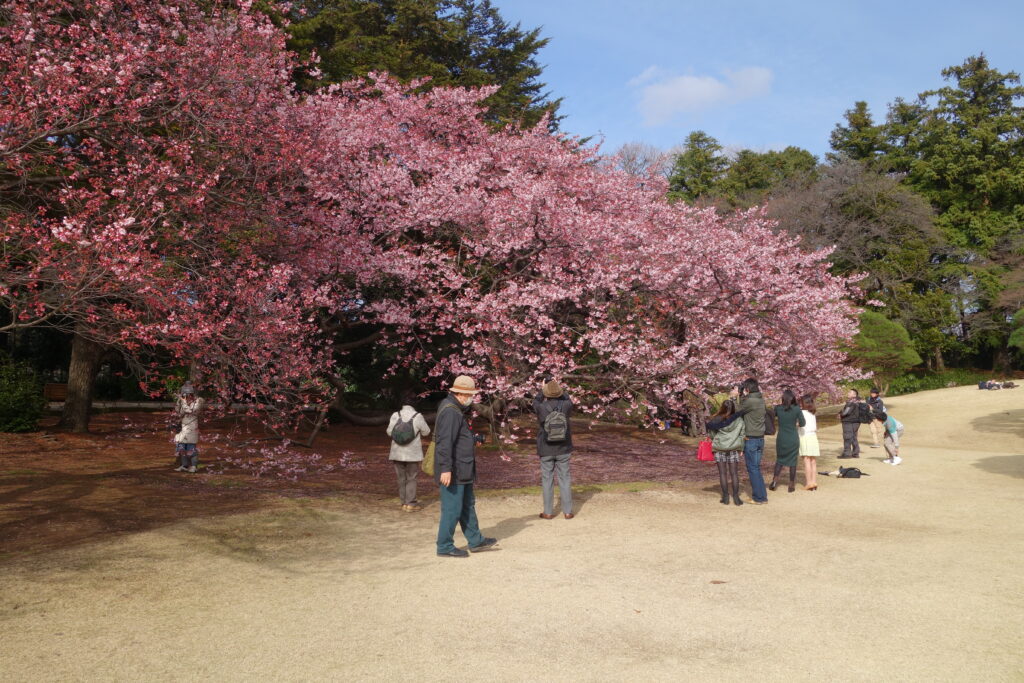
Sexuality and pornography
Japan has a strange relationship with sexuality and pornography. Japanese culture is fairly conservative and if you were to expect that to apply to their expression of sexuality as well, you would be mistaken.
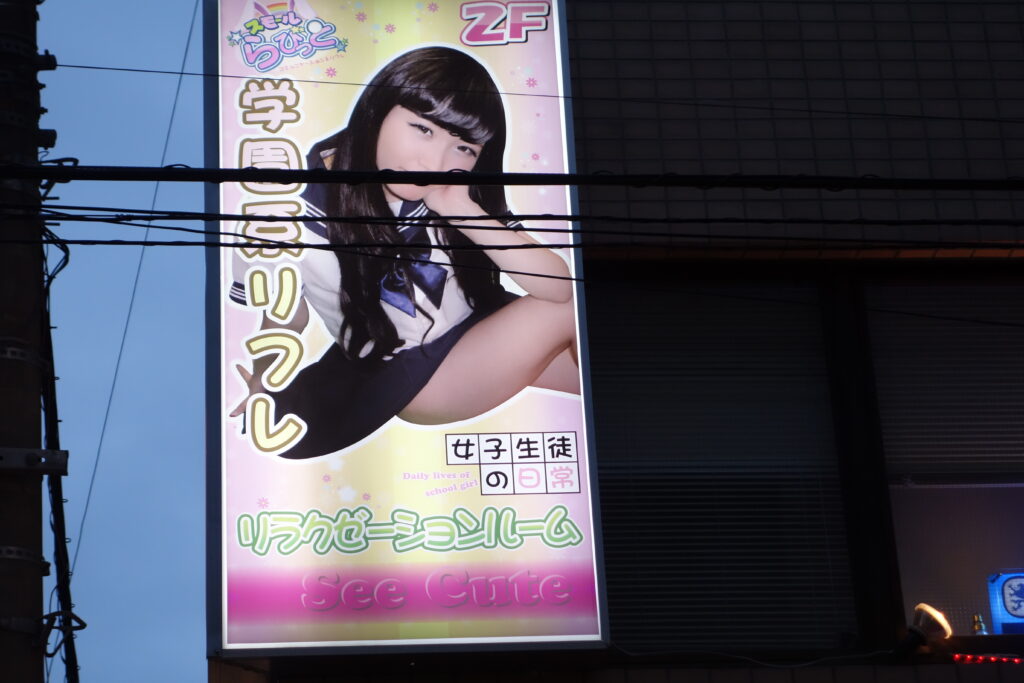
Japanese law requires that any pornography produced in Japan censor the genitals of its actors or subjects. In an effort to get around this ban, pornography producers in Japan have devoted their efforts to producing pornography that caters to the desires of those with unusual paraphilias and fetishes. When walking through the Akihabara tech district in Tokyo we stopped in a large bookstore to look around.
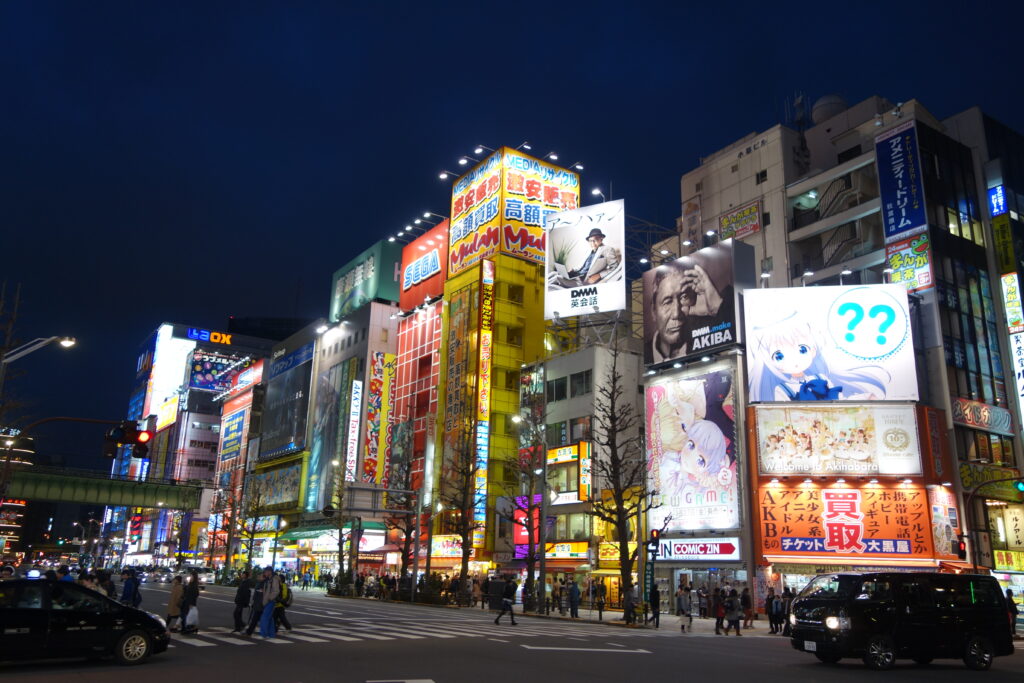
Our curiosity got the best of us and we took a look in the adult section. We found the love pillow section and then the erotica section. I provide this abbreviated list of things that were available judging just by the images on the covers of the pornographic books and comics:
- Tentacle pornography
- Teacher-student relationships
- Gore and violence. I saw an image of a woman disemboweled with a samurai sword during intercourse.
- Pedophilia
It was when we saw a sexualized drawing of a child that we had enough and left the book store. That was really unsettling. Keep in mind, this was a major bookstore in a busy part of town selling these types of pornography, not some seedy place in an alley. Furthermore, the adult section was full of people from all walks of life and in varied age groups. The things on offer there didn’t seem to be disturbing anyone else.
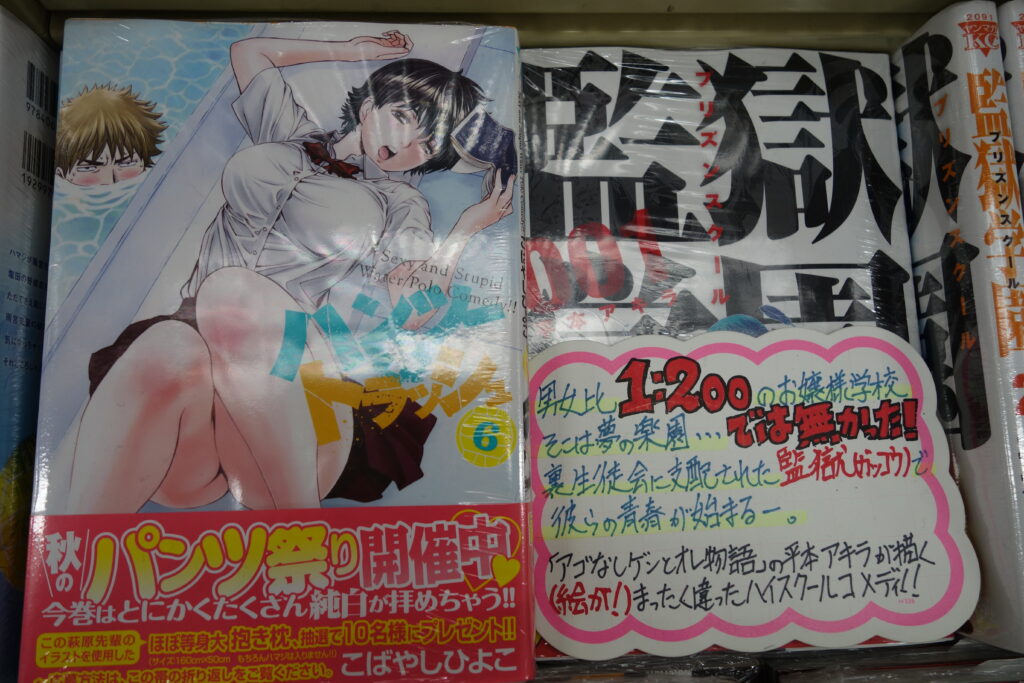
We also noticed a significant number of people on the train whose books had book covers on them. We’ve heard that this isn’t to protect the book, but to prevent the other passengers of the train from being able to see the cover and realize they are reading a pornographic novel on public transportation.
An obsession with KitKats
We saw KitKat bars in almost every flavor imaginable! KitKats are the most popular confectionery in Japan. Also, KitKat gift sets are very popular and quite common in malls in both Korea and Japan; gift giving is an important part of both cultures.
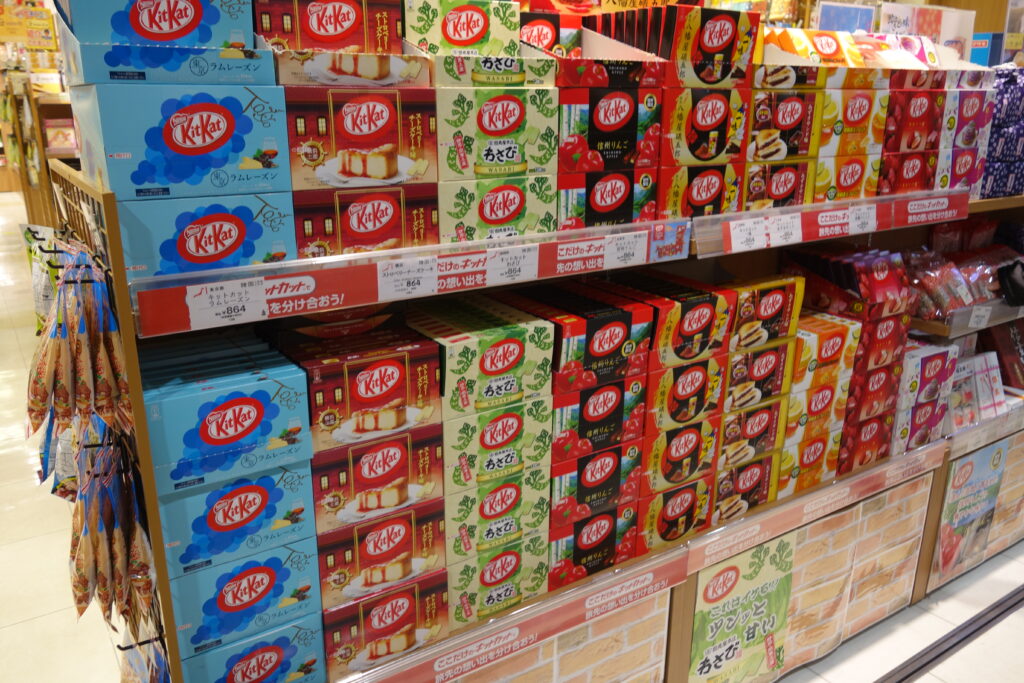
In Summary
It was hard to love Japan while we were there because of its high cost and cold rooms. After a lot of time and reflection, I have decided that Japan is one of my favorite countries – and one I would love to visit again (perhaps with a larger budget, though).
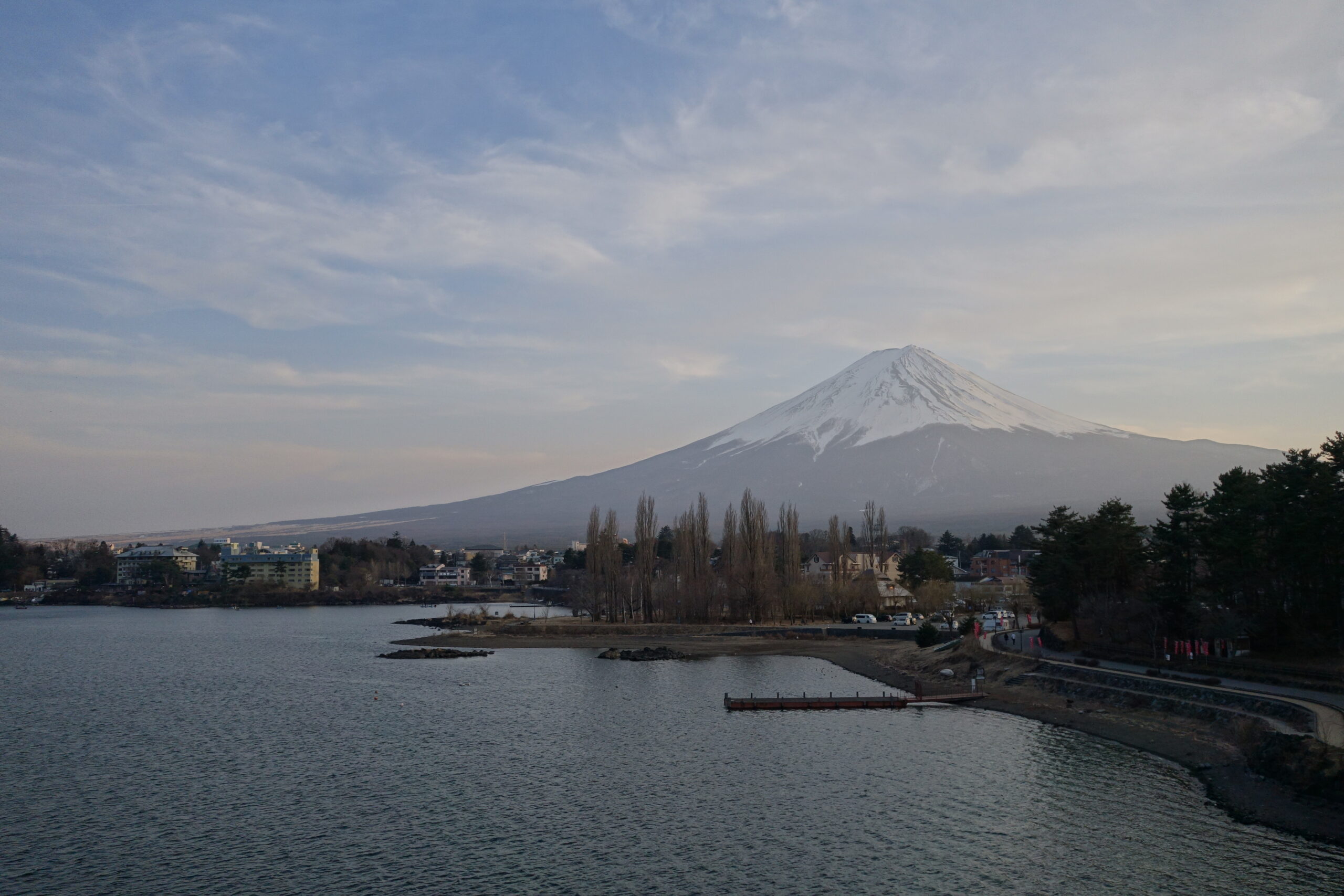

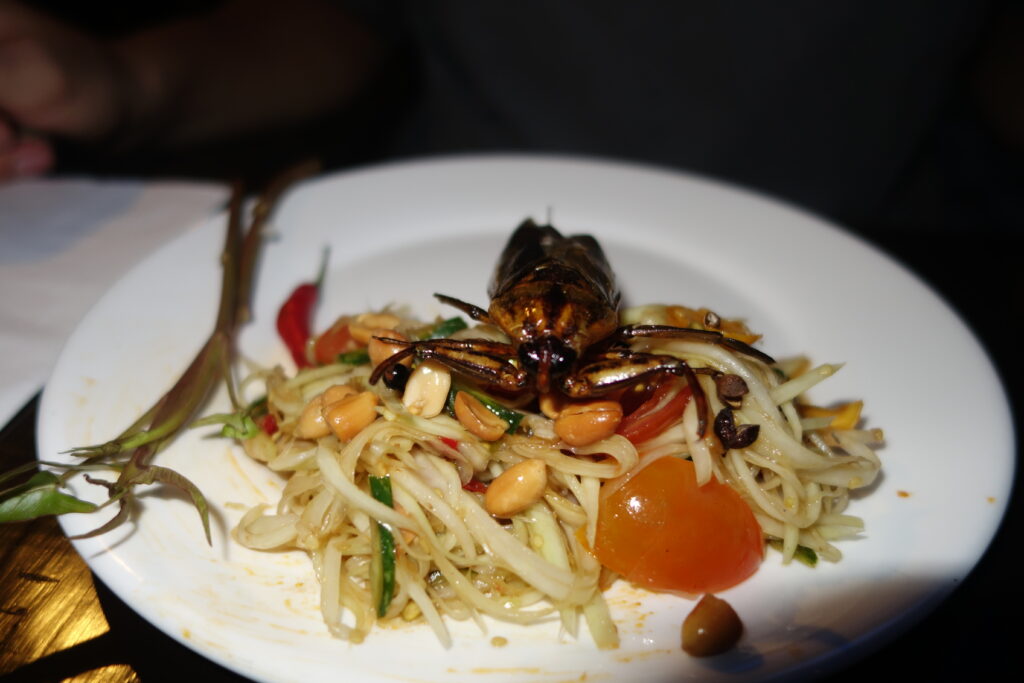
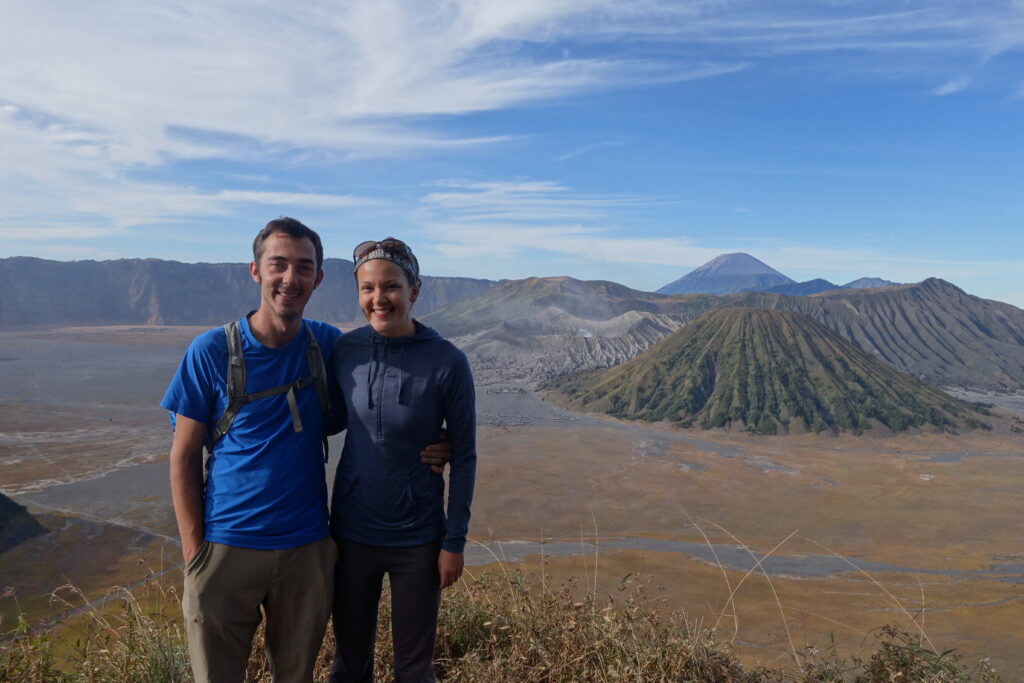
Hmm — I wonder if they do the “only heat the room you’re in” thing on Hokkaido… (I can’t remember — were you guys there or not?) I doubt that it will catch on in Wisconsin, though! Of course, just plain having a smaller house is better ecologically in a number of ways, although not as much if you tear it down every 20-30 years!
Good point – I’ve read there is central heating in Hokkaido. We didn’t make it to Hokkaido and I’m not sure if we would have survived if we did – we only brought enough winter clothes for mild winter temperatures.
And we agree about small houses – we’re actually planning on living in a (very) small house one day.